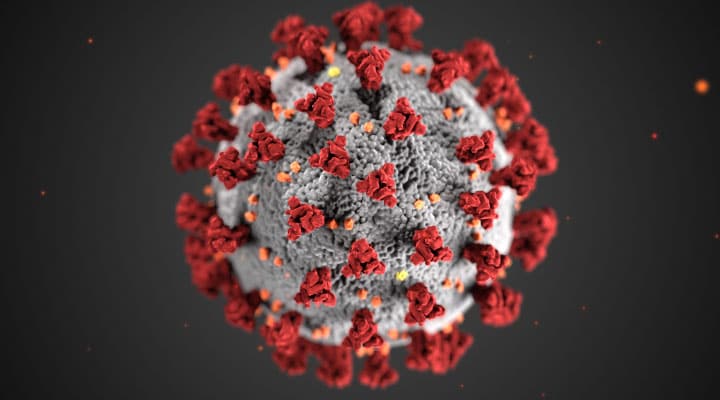WASHINGTON, D.C. — At noon on Tuesday, March 3 the Centers for Disease Control and Prevention (CDC) reported 60 cases of COVID-19 from 12 states. Twenty-two of these cases are travel-related; 11 are believed to be person-to-person spread; and for the remaining 27 the source of exposure is still under investigation.

The 12 states that have reported cases include: Arizona, California, Florida, Georgia, Illinois, Massachusetts, New Hampshire, New York, Oregon, Rhode Island, Washington, and Wisconsin.
As the outbreak of COVID-19 continues to expand and as testing capacity in the U.S. increases, CDC expects more cases to be detected across the country, including more instances of person-to-person spread in more states. While information so far suggests that most COVID-19 illness is mild, a report out of China suggests serious illness occurs in 16% of cases. Older people and people with certain underlying health conditions like heart disease, lung disease and diabetes, for example, seem to be at greater risk of serious illness.

The federal government has been working closely with state, local, tribal, and territorial partners, as well as public health partners, to prepare for and respond to this public health emergency. CDC expects additional instances of person-to-person spread in the coming days and weeks.
Cases reported to CDC include those confirmed by CDC as well as presumptive positive cases reported by states. A presumptive positive result is when a patient has tested positive by a public health laboratory, but results are pending confirmation at CDC. For public health purposes, a presumptive positive result using the CDC test is treated as a positive.
CDC will report total presumptive and confirmed cases weekdays at noon. This number is based on all state reports received by 4 p.m. the previous day. CDC is no longer reporting number of persons-under-investigation (PUIs) nor those PUIs that test negative because now that states are testing and reporting their own results, these numbers would not be representative of the testing being done nationally. States are reporting results quickly and in the event of a discrepancy between CDC and state case counts, the state case counts should always be considered more up-to-date.
For more information about COVID-19 visit www.cdc.gov/covid19.

